by Kelli Skinner Eyerly
Tyndale at Hertford
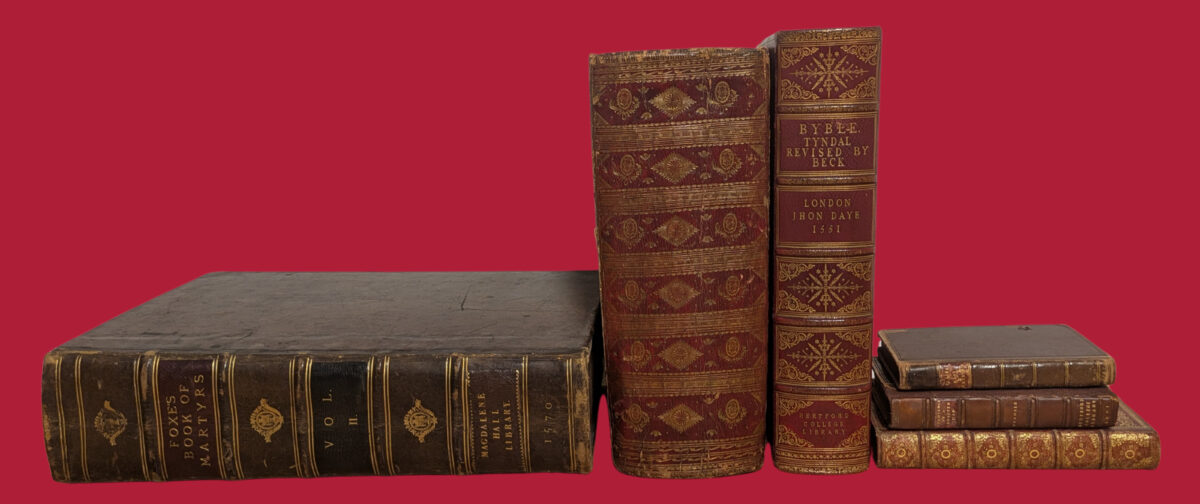

by Kelli Skinner Eyerly
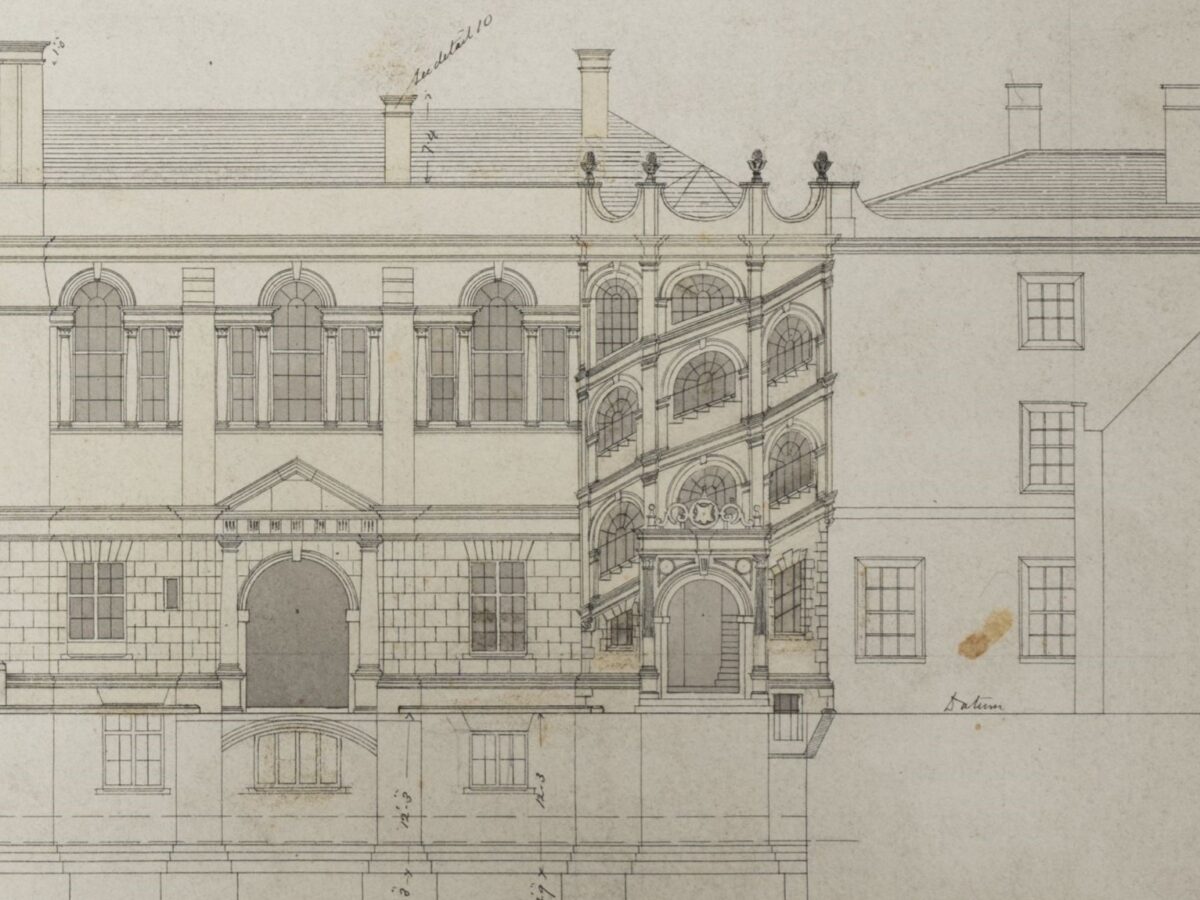
Hertford College’s Michaelmas Term 2024 archives and rare books display
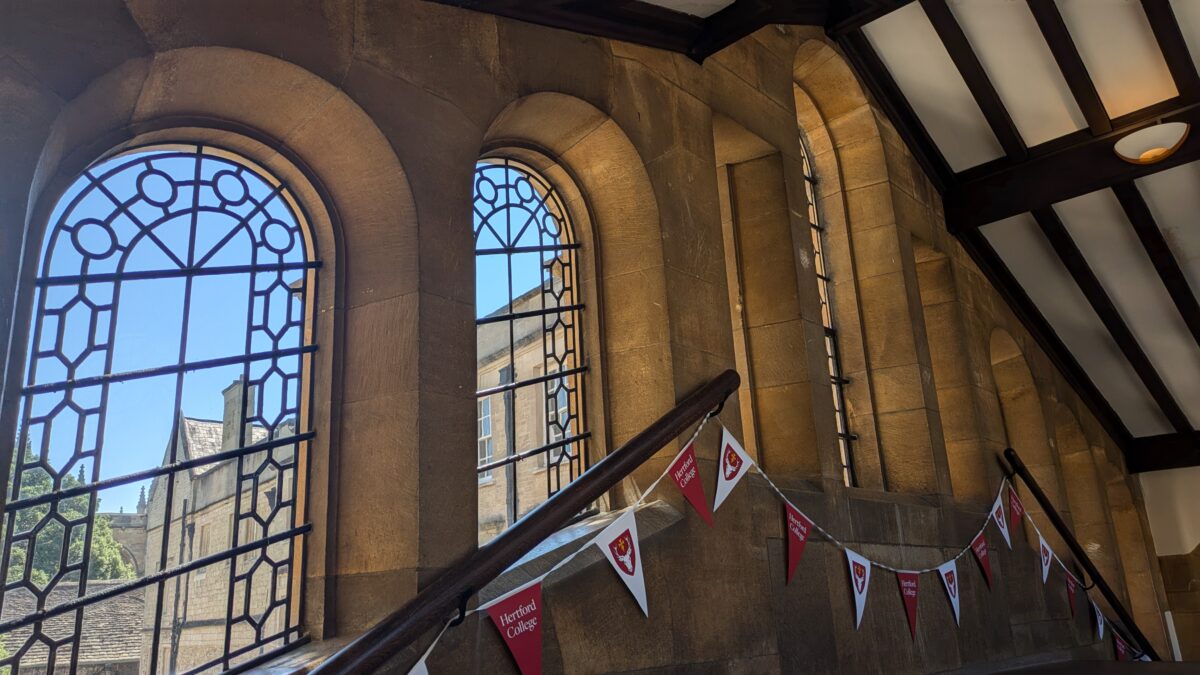
In July 2024 two pupils from local schools spent a week working with the Hertford Library and Archives team. The team enjoyed welcoming the pupils, introducing them to how libraries and archives work and their enthusiasm for the library’s summer stock check and the special collections digitisation projects! The placements were organised through the College’s […]
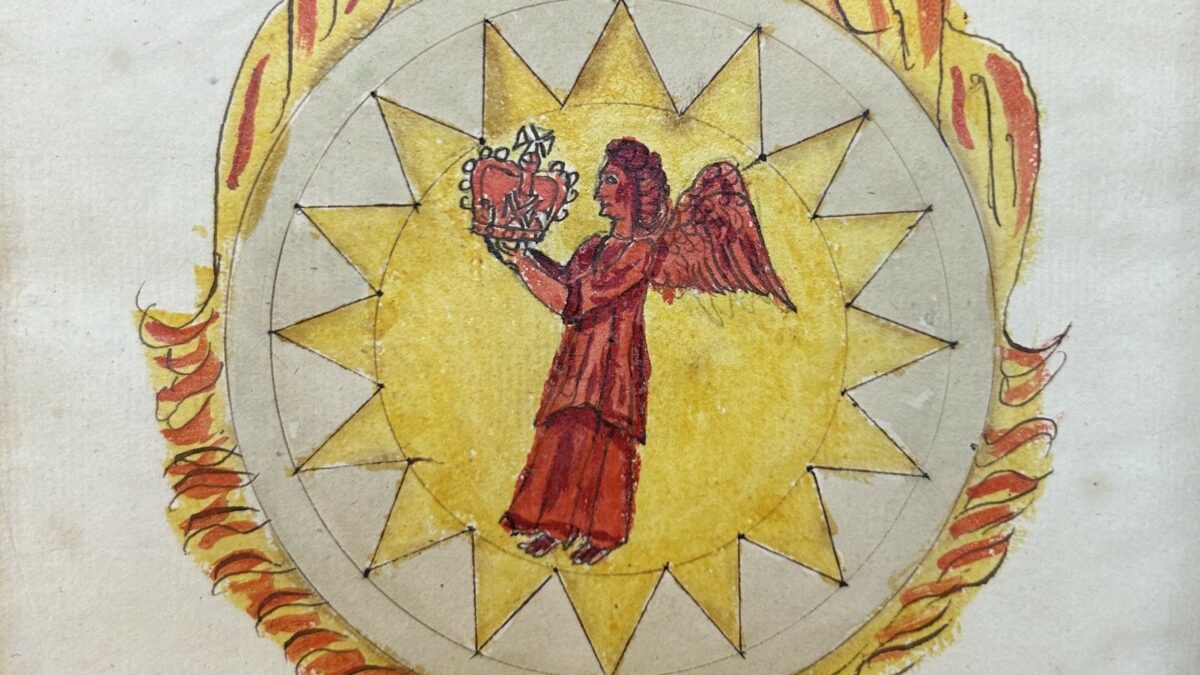
While the rare books are stored off site during Hertford’s major library re-development, rare books expert Sophie Floate takes a further look into our manuscript collection, most of which are currently housed at the Bodleian Library. Several of the items there are on broadly astrological or alchemical themes, some of which are quite strange. Ranging […]
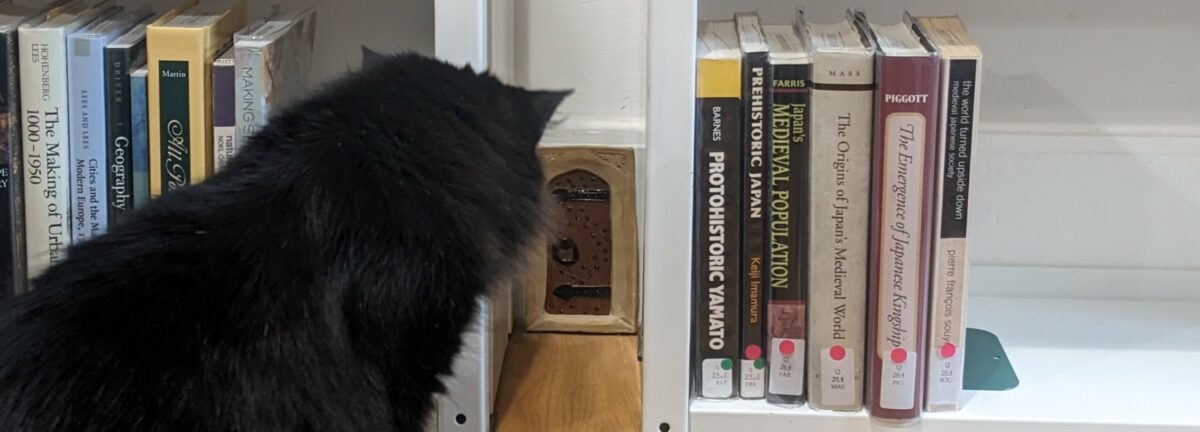
An unbelievable discovery has been made during Hertford’s major building project. The Library team reports on this incredible find.
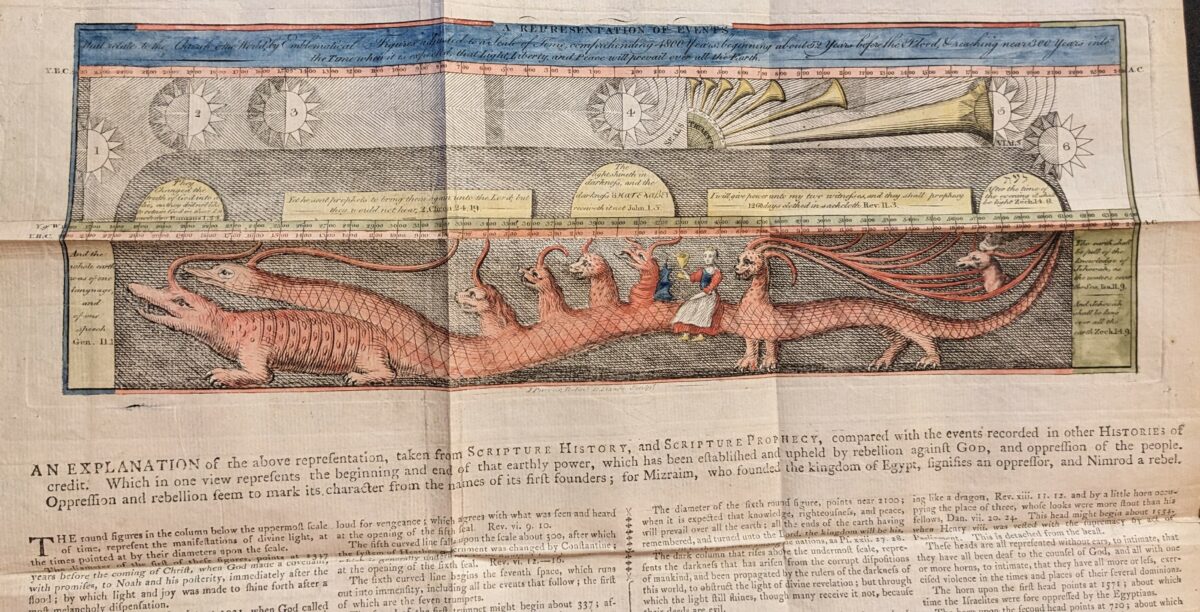
Hertford College Library’s Michaelmas Term 2023 rare books display
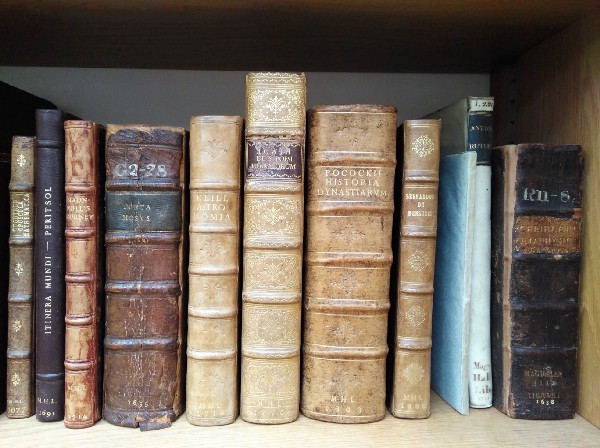
By Sophie Floate, Rare Books Cataloguer
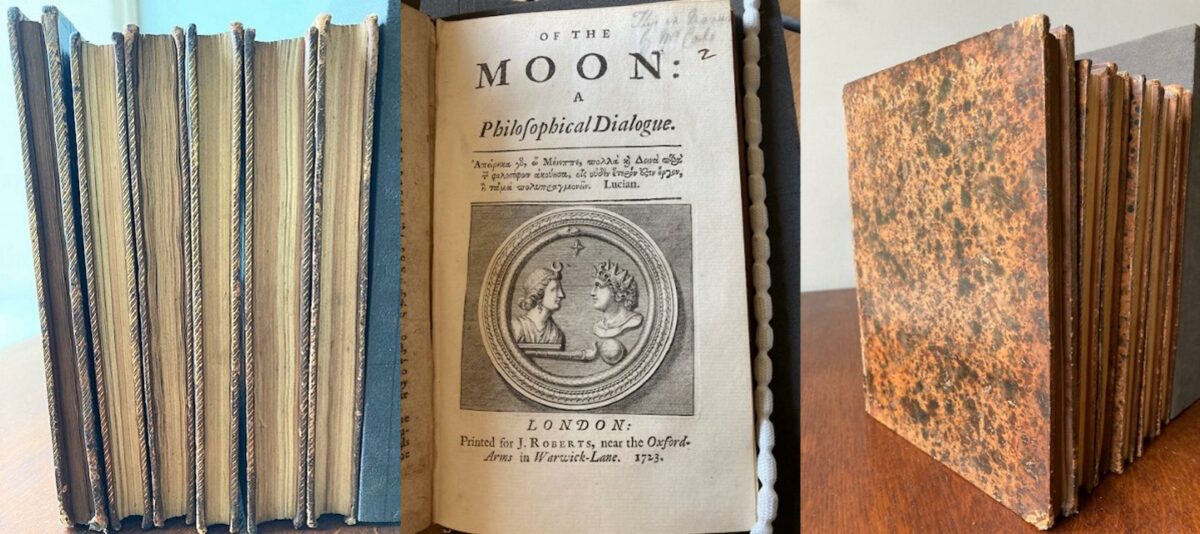
By Sophie Floate, Rare Books Cataloguer